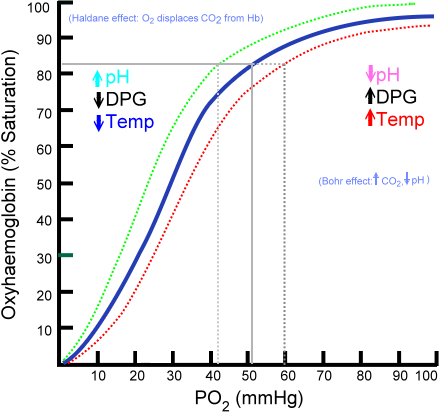Woops. The OP actually
has #2 wrong and I just glazed over it without paying close attention. He still did a good job with the rest.
#1) The Km is the substrate concentration at 1/2 Vmax. So basically it is just a constant to allow you, the researcher, to analyze the affinity of an enzyme or reaction. Since you need both the Y and X axis'es in order to have a slope you will need the substrate concentrations in order to determine Vmax.
Example: Hexokinase may have a Vmax of 200, whereas Fructokinase may have the same Vmax (for whatever reason, due to saturation, structural similarities, etc.) but they could very well (and I don't know if this is the case, just an example) have very different affinities and therefore a very different slope of the curve. Imagine if it was nearly a linear slope vs. another one which is a lot less rise/run --both can still have the same plateau. Hope that helps!
#2)
It's loss of atonia for sure. From Wiki: Rapid eye movement sleep behavior disorder (RBD) is a sleep disorder (more specifically a parasomnia) that involves abnormal behavior during the sleep phase with rapid eye movement (REM sleep). It was first described in 1986.
The major and arguably only abnormal feature of RBD is loss of muscle atonia (paralysis) during otherwise intact REM sleep.

